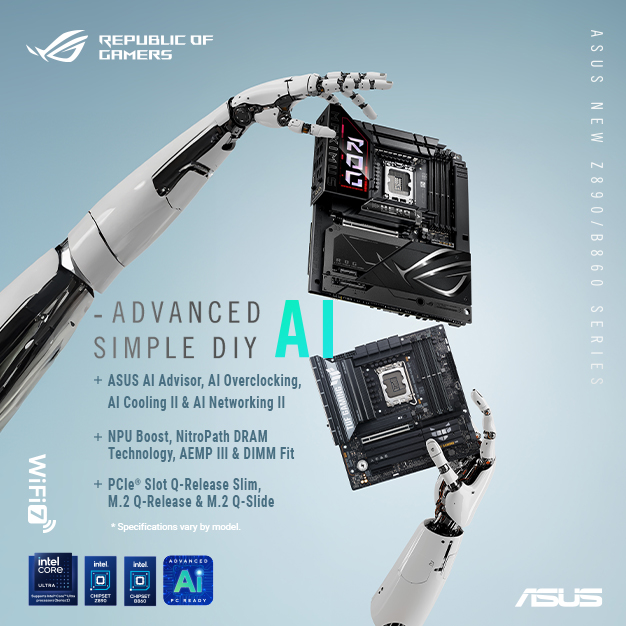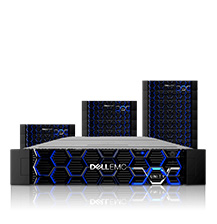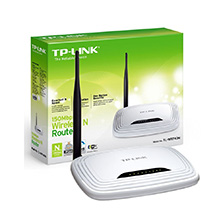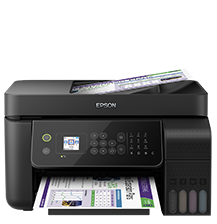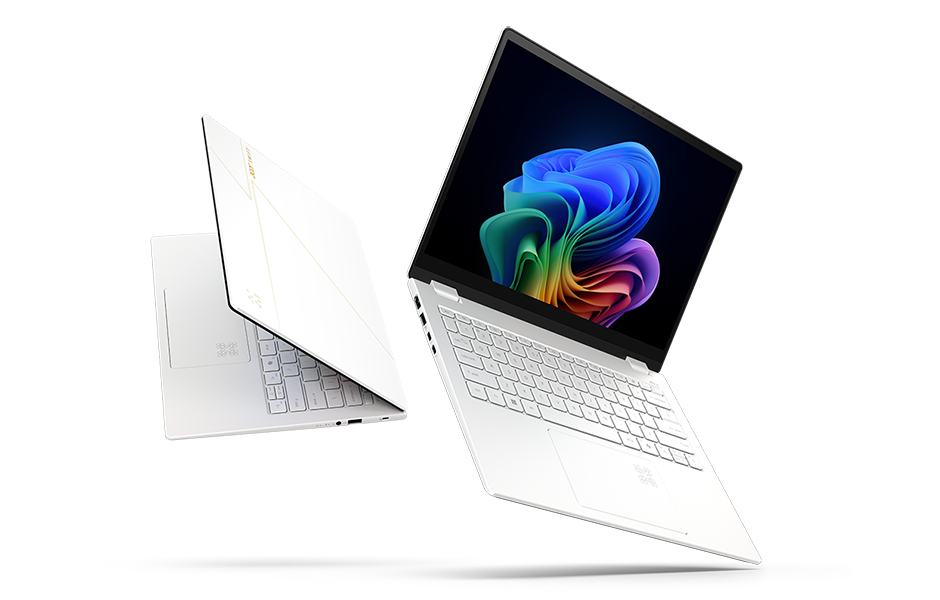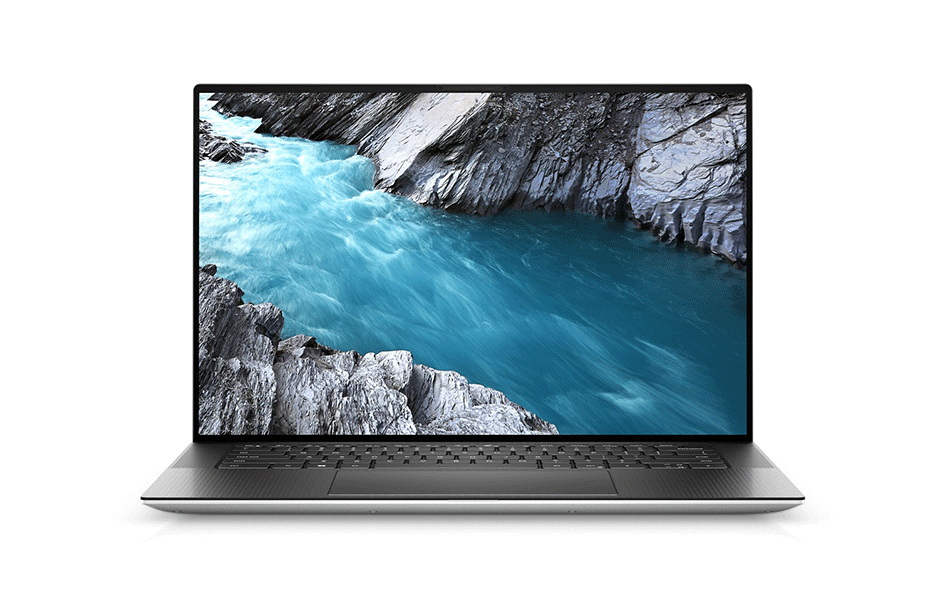Dell Technologies launches NativeEdge Software platform for organizations to streamline edge operations
Digital Edge Bureau 12 Jun, 2023 0 comment(s)
The Dell NativeEdge, which is an edge operations software platform, helps enterprises & organizations streamline their integrated edge operations
Dell Technologies has introduced Dell NativeEdge, an edge operations software platform, designed to help businesses simplify and optimize secure edge deployments. Customers can streamline edge operations across thousands of devices and locations from the edge to core data centers and multiple clouds.
Delivering on the promise of Project Frontier, Dell NativeEdge is the industry’s only edge operations software platform delivering secure device onboarding at scale, remote management and multicloud application orchestration. It’s purpose-built to power any enterprise edge use case with zero-touch deployment and an open system design, integrating with a variety of hardware across Dell’s end-to-end portfolio. With Zero Trust capabilities built in, Dell NativeEdge reduces security risk by protecting customers’ applications and infrastructure across their entire edge estate.
“Moving data is complicated and expensive, which has resulted in massively distributed architectures that can be difficult to manage, provision and automate. As our customers look to fuel new workloads and AI at the edge, they’re turning to Dell to find simpler and more effective ways to manage and secure their ecosystem of edge technologies and applications,” said Jeff Clarke, Vice Chairman & Co-Chief Operating Officer, Dell Technologies. “Dell NativeEdge puts them in the driver’s seat, so they can manage and simplify their entire edge estate with a single solution, helping deliver better experiences, products and outcomes,” added Clarke.
Manish Gupta, Vice President, Infrastructure Solutions Group, Dell Technologies India, said, “At the edge, CIOs can rapidly act on insights extracted from the vast amounts of data they have access to. Depending on how significant a role new-age technologies like IoT, AI, and automation play in operations, businesses will require efficient data management at the edge for their growth. “The NativeEdge platform will add mileage to the edge computing revolution which is underway. We expect our solutions to change the way businesses operate at the edge, transforming outcomes and driving digital transformation,” added Gupta.
“Use cases for modern edge workloads are widely varied and growing, creating more complex infrastructure environments and edge operations,” said Jennifer Cooke, Research Director of Edge Strategies at IDC. “Dell’s introduction of Dell NativeEdge offers an interesting new solution that addresses this complexity, and many of the security issues inherent with deploying devices and applications at the edge, withcomprehensive software that aims to help customers streamline their edge operations,” elaborated.
For example, a large manufacturer may need to automate packaging and shipping across its numerous factory sites in various geographies. This means connecting multiple technologies, like IoT, streaming data and machine vision, which requires dedicated devices to run multiple software applications across locations. Testing and deploying infrastructure to run the applications can take months. Using Dell NativeEdge, the manufacturer can consolidate its technology stacks using existing investments and reduce the time to deploy edge assets and applications from months to weeks. The platform uses automation to streamline edge operations and helps the manufacturer quickly and securely roll out new applications to all sites from a central location.
A Dell study of nearly 100 large customers examined the potential economic impact of NativeEdge-enabled deployments for a typical manufacturing customer with an average of 25 facilities. A three-year investment in NativeEdge managing 75 percent of a manufacturing organization’s edge assets showed that a customer could achieve:
- Up to nearly 250% return-on-investment on their Dell NativeEdge deployment.
- A reduction in time required to onboard devices by up to 20 minutes for each edge infrastructure asset managed and a significant reduction to enterprise risk, resulting in cost savings.
- Accelerated edge asset deployment times and a decrease in edge operations costs with zero touch provisioning.
- Savings on transportation costs by decreasing the need for site-support dispatches, helping to reduce travel time as well as carbon dioxide emissions by up to 14 metric tons.






